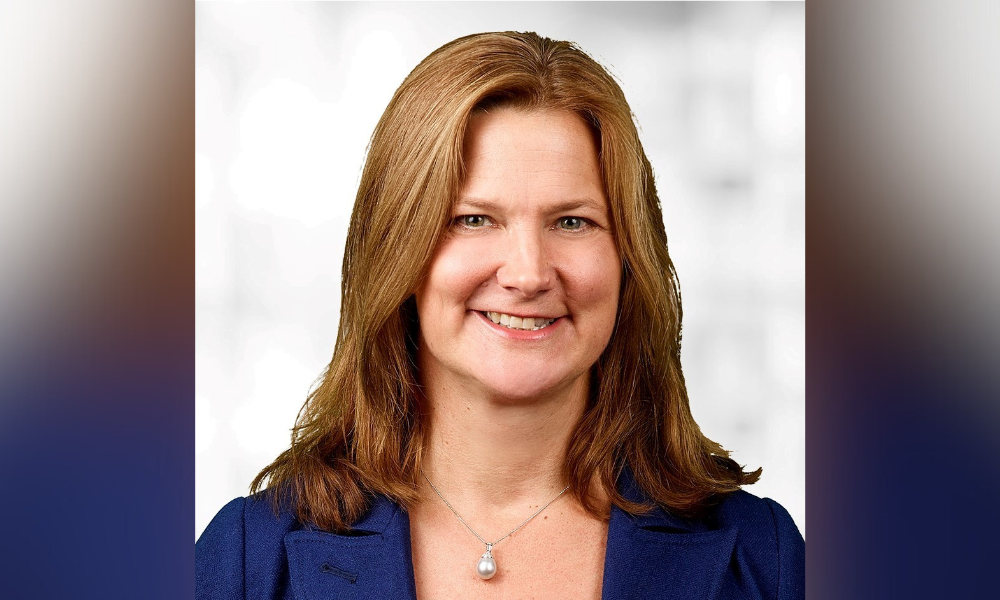Image: Kate McGilvray, Blake Cassels & Graydon
For lawyers seeking public company board positions, networking and non-legal professional experience are crucial assets, according to the latest Blakes Board Report.
For the annual report, “Exploring the Headwaters: Gaining Insight to Advance Women GCs on Boards,” Blake Cassels & Graydon and Women General Counsel Canada surveyed women GCs in the executive pipeline to illuminate their goals and challenges. The report aims to provide a roadmap for women GCs with aspirations for board leadership.
“There is a relatively good news story going on here,” says Kate McGilvray, Blakes partner and co-lead of the firm’s fund formation practice group. Since 2016, when Blakes began producing the report, the number of GCs on public company boards has more than doubled, and women have comprised twice as much of that increase as men, she says.
According to the report, in 2023, women-occupied board seats grew from 24 to 27 percent. This number has risen 11 percent over the last eight years.
“It's an uphill battle,” says McGilvray. She says there has been so little female representation on corporate boards for so long, but the recent slow progress is positive.
The Blakes Board Report survey involved 139 GCs, 63 percent of whom have had board experience. Eighty-eight percent of respondents with experience serving on a board said networking was the key to finding board opportunities. The report’s respondents with board experience recommended building a resume outside of legal work so that legal expertise is one tool in a “broader toolbox of leadership and management capabilities.”
McGilvray says that networking should span outside the legal circle and promoting oneself as having a broader range of skills is “really important.”
Three-quarters of the respondents with board experience said social media played no role in helping position them for board opportunities.
Of those respondents with board experience, 79 percent held positions with not-for-profits. According to the report, not-for-profits are commonly viewed as a training ground for governance experience and demonstrating readiness but do not necessarily present “a clear path forward towards a paid position on a for-profit board.” The GCs interviewed for the report recommended that those seeking board experience in the not-for-profit sector select organizations that align with their values, interests, plans, and goals. If the goal is a path to a for-profit board, GCs should “make sure it’s a strategy board on a not-for-profit with actual operations that has an actual management team running the business,” said Noralee Bradley, who was interviewed for the report. Bradley is executive VP of external affairs and chief sustainability and legal officer at Nutrien and serves on the board of STARS Air Ambulance.
For those looking to gain experience for for-profit, public company boards, Bradley also suggested sitting on the boards of startups or venture capital companies. McGilvray adds that this experience will include much involvement in the operational and financial aspects of the business. “Maybe that is a better stepping stone,” she says.
The report’s respondents who were interested in serving on boards but had yet to said that limited time was holding them back. Some companies have policies discouraging their employees from sitting on external boards because they prefer their personnel focus on the company's interests. Other companies encourage it. McGilvray suggests that GCs examine their organization’s policies and determine whether there is discretion in the policy that would allow them to serve on a board.
“If you want to sit on a board, it's never too early to start thinking about it,” she says. “It's never too early to start positioning yourself in order to be able to achieve that.”
Respondents came from 25 different industries, but most work in finance, insurance, professional services, IT, real estate, and natural resources.





